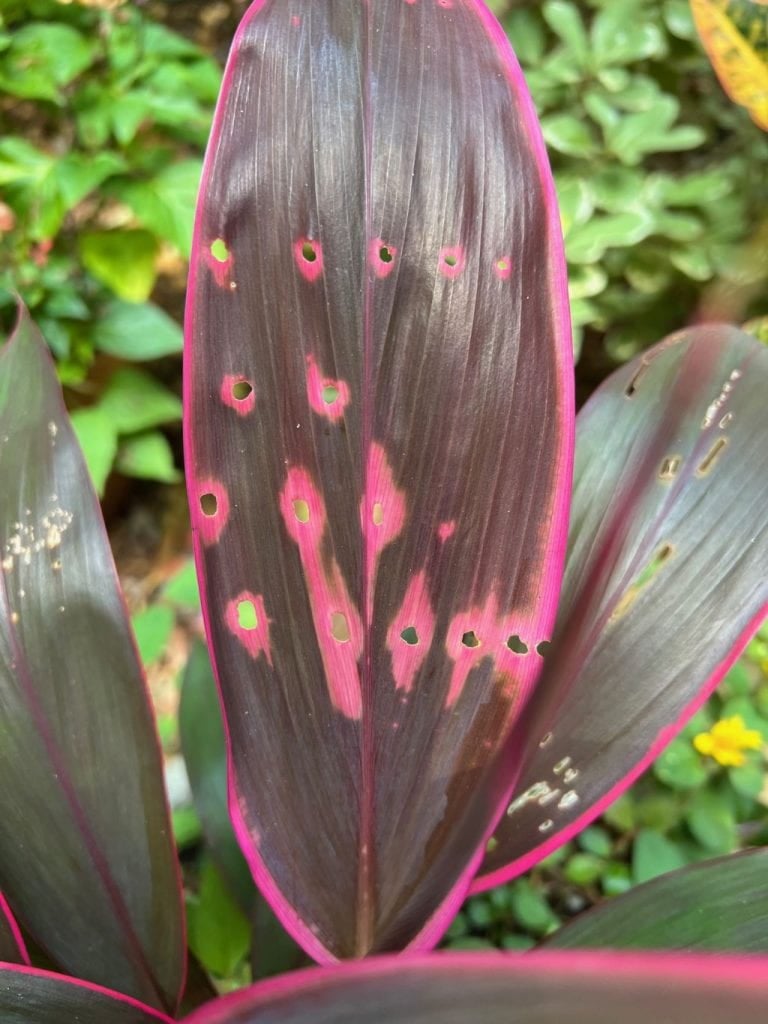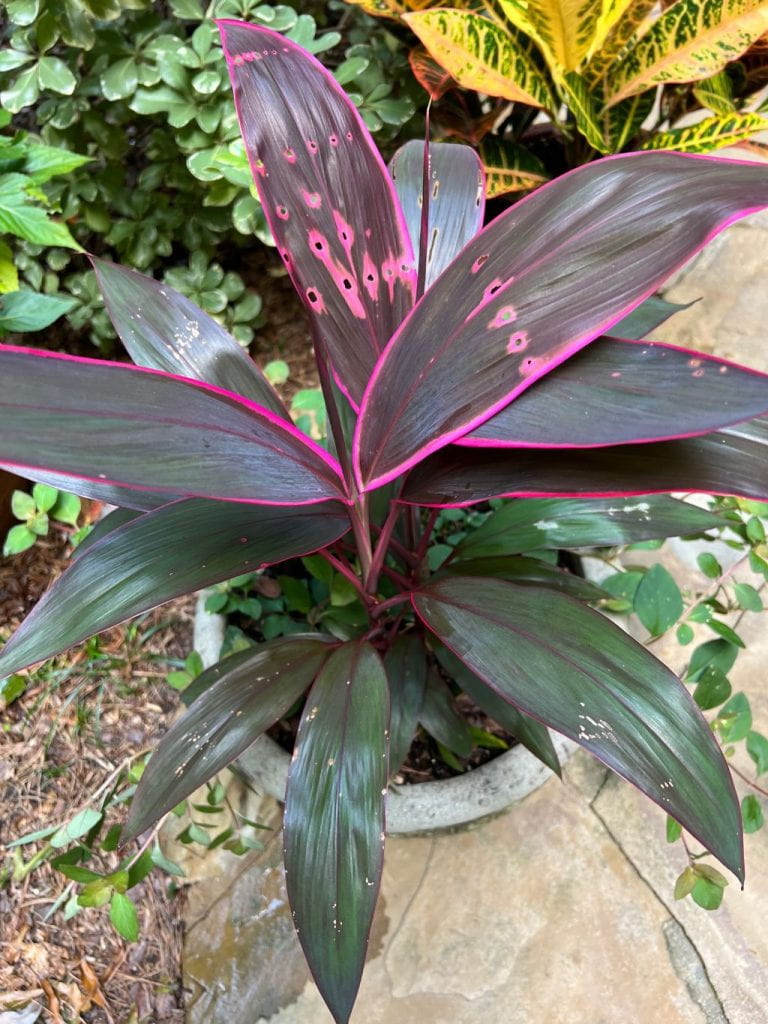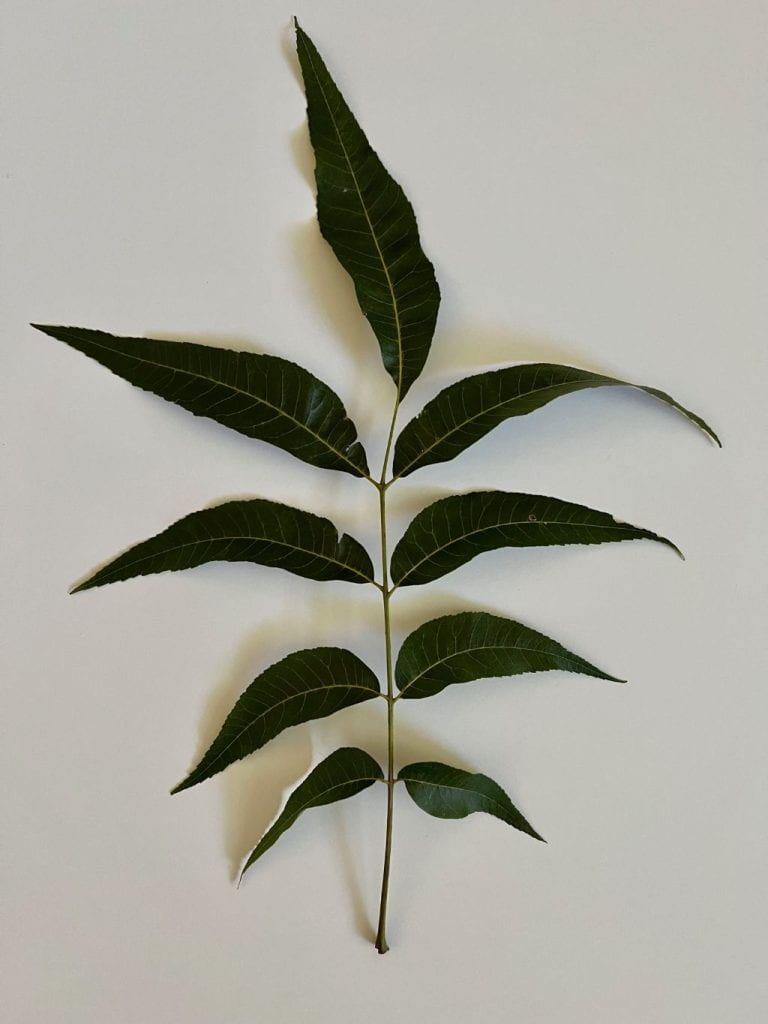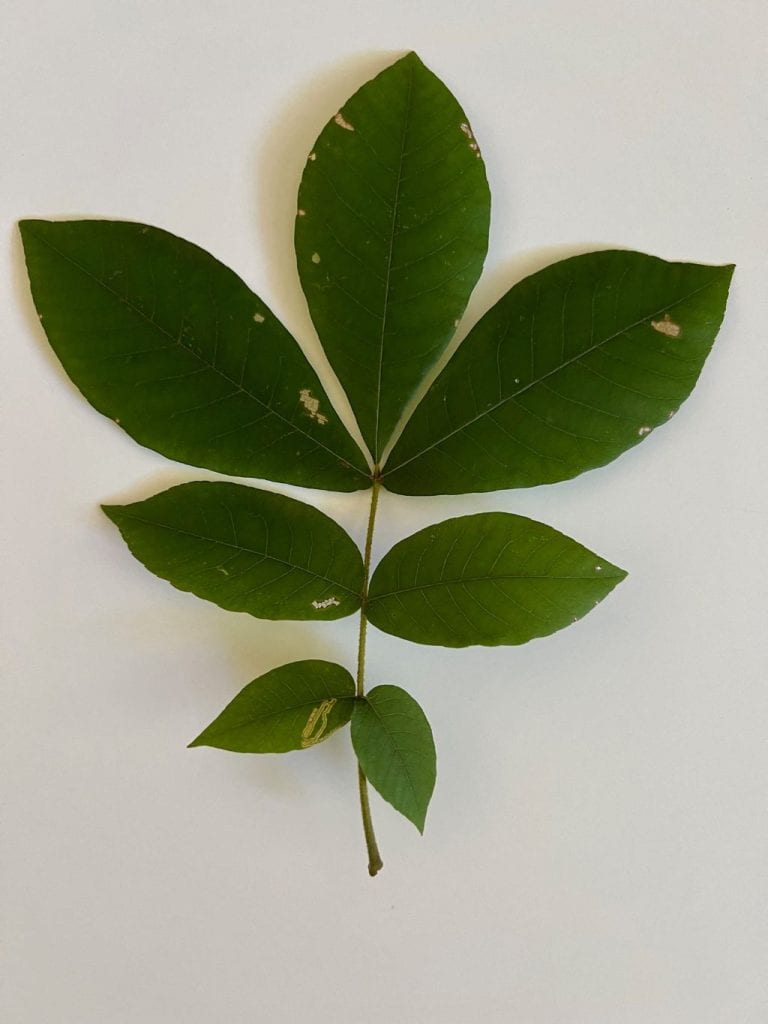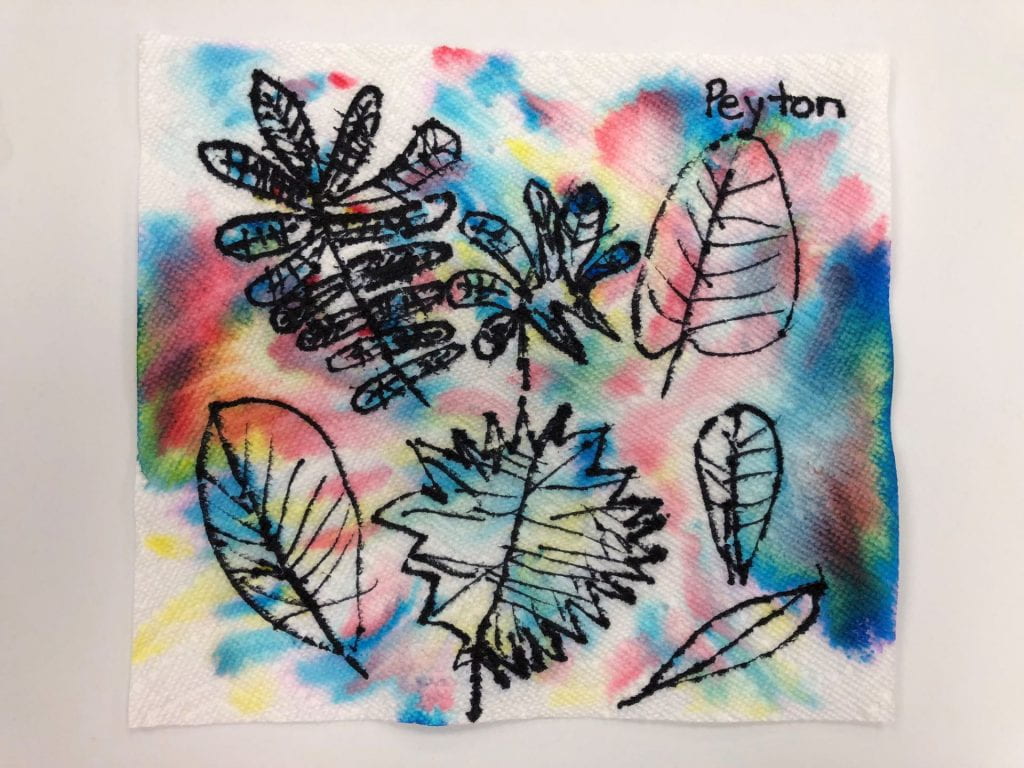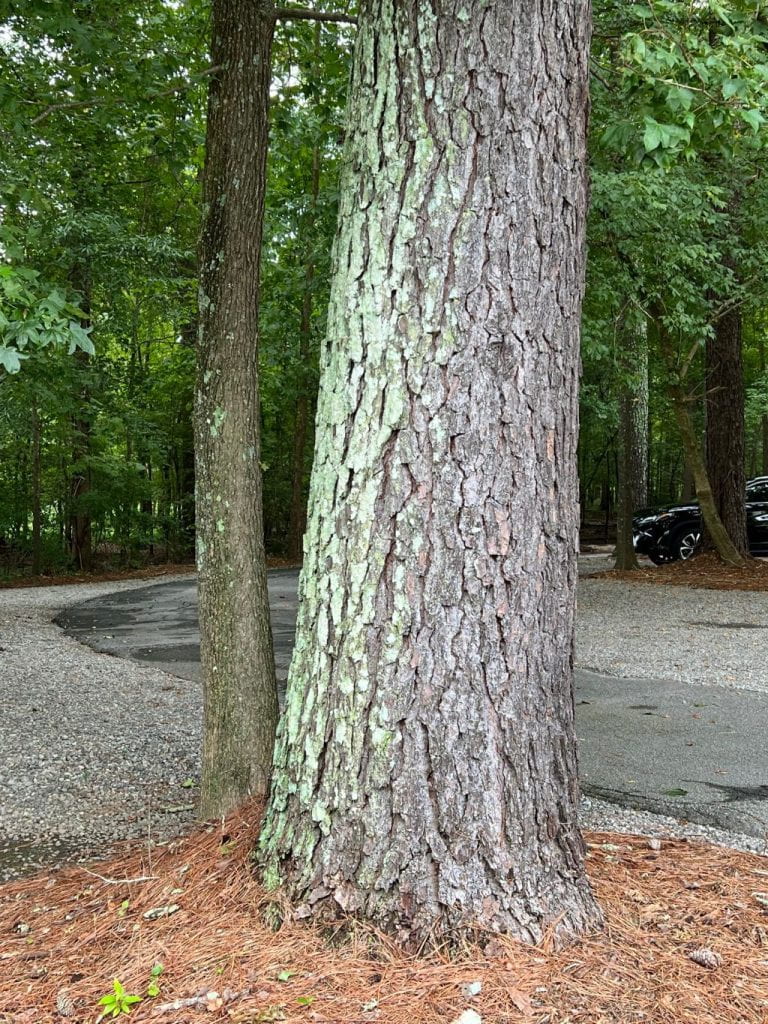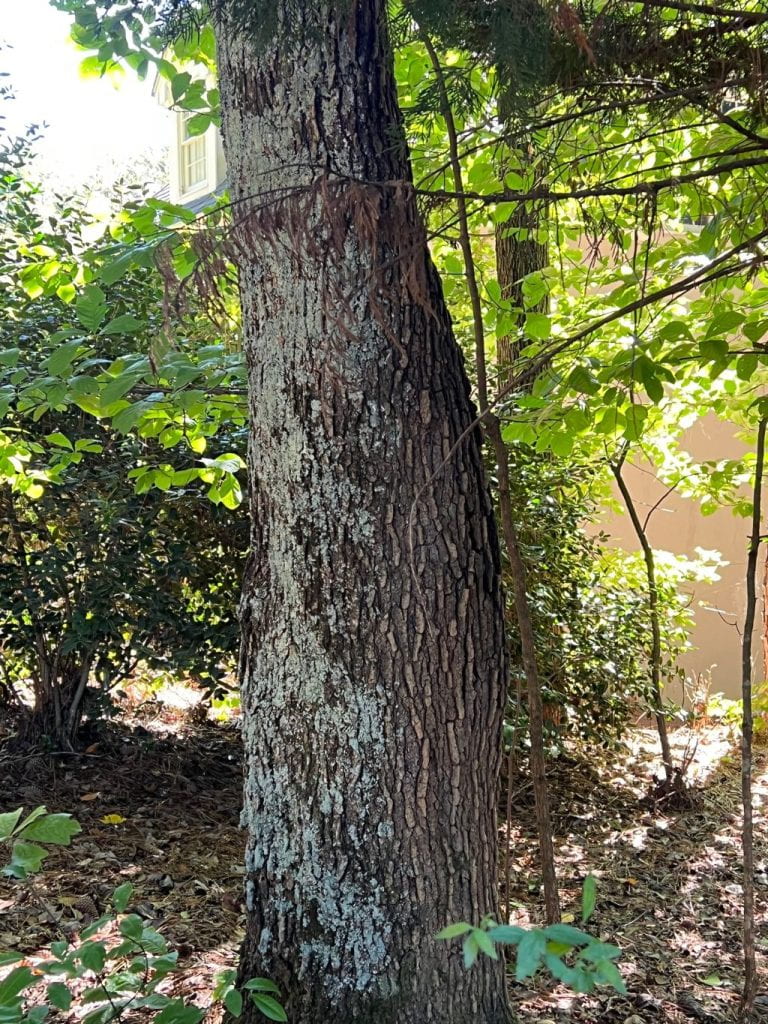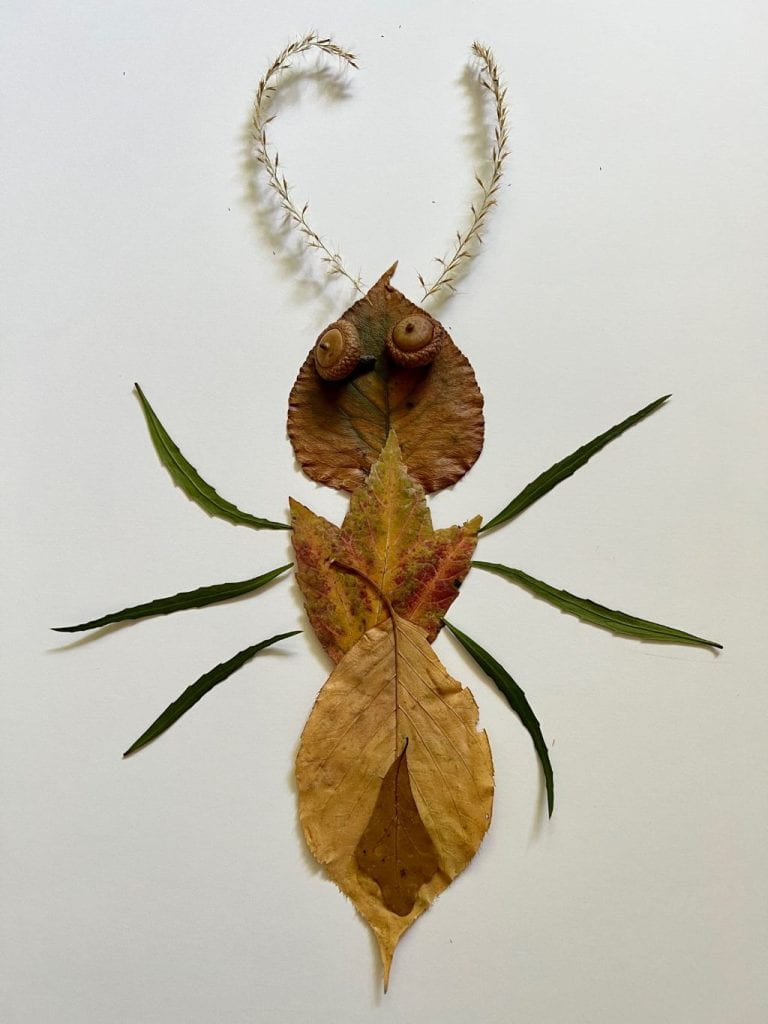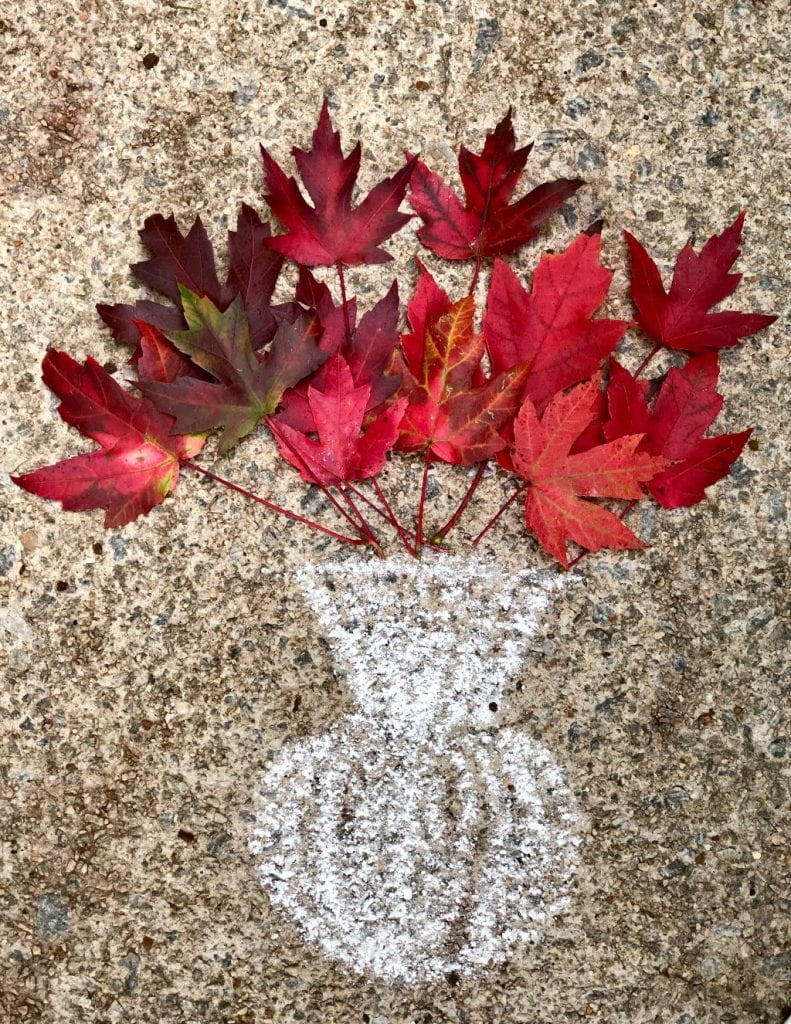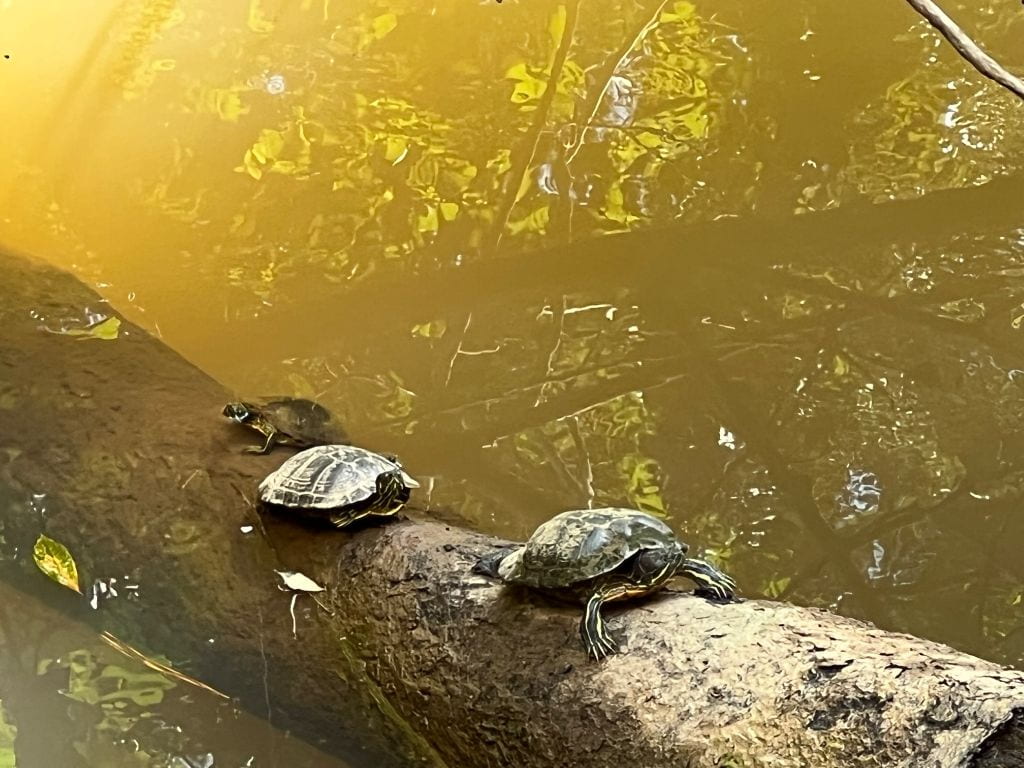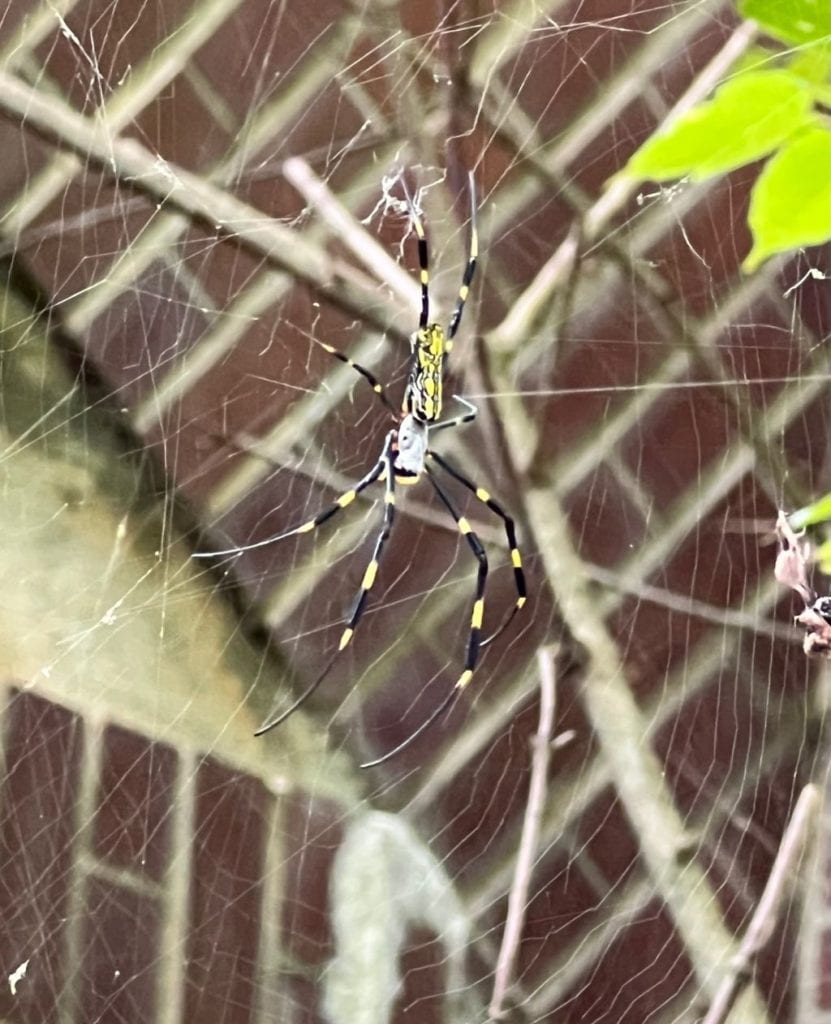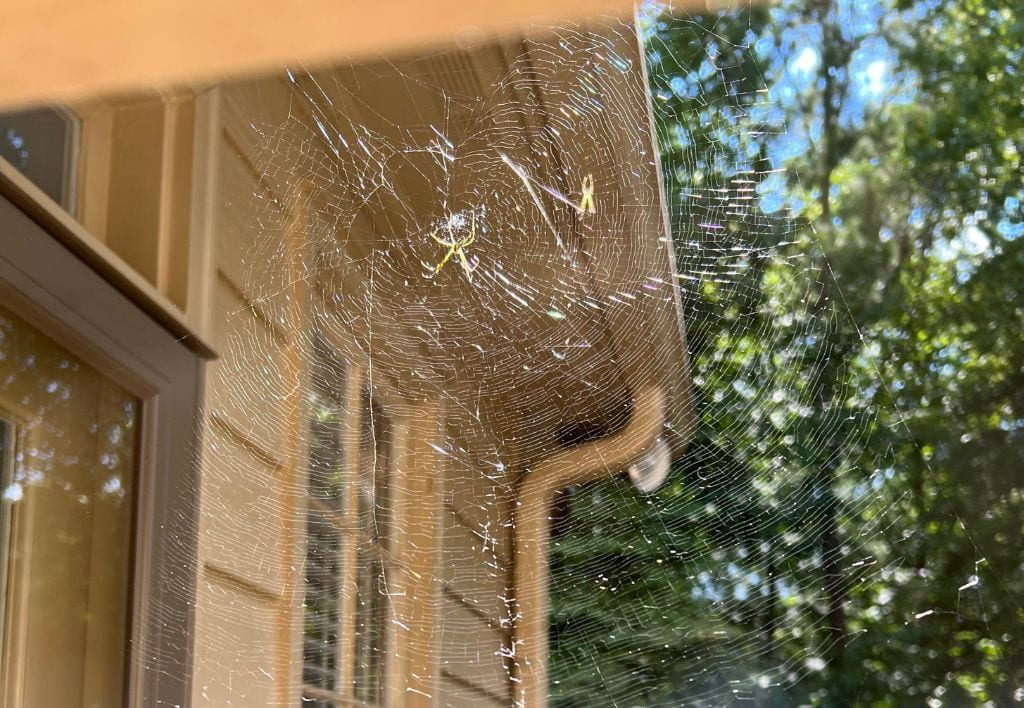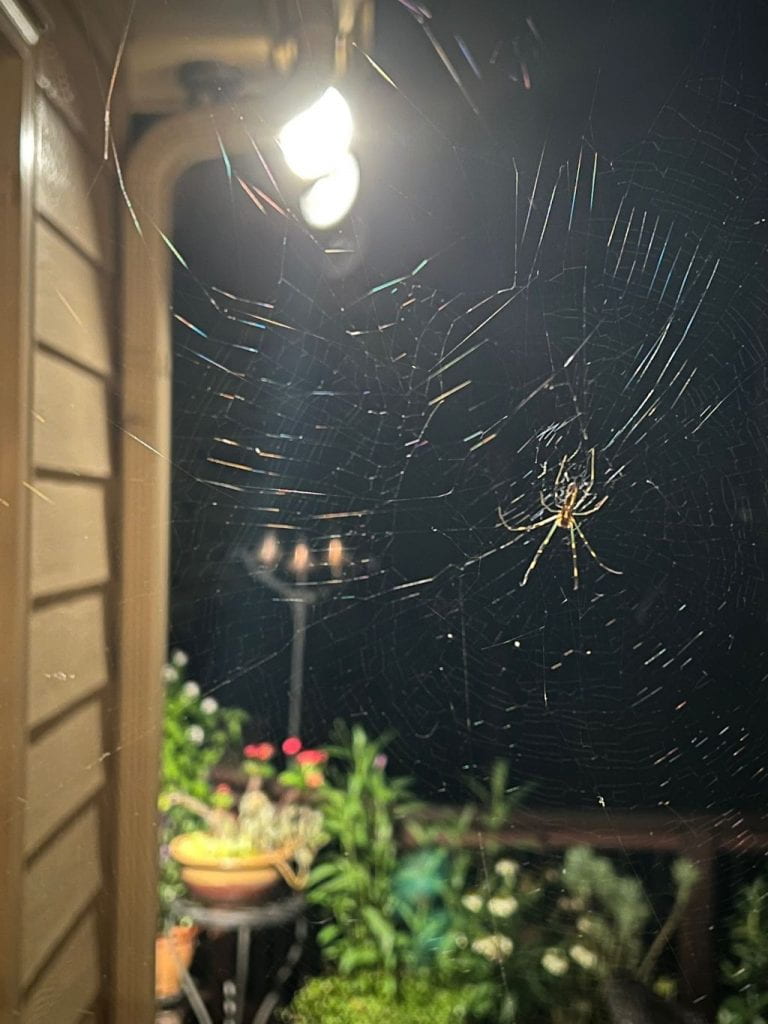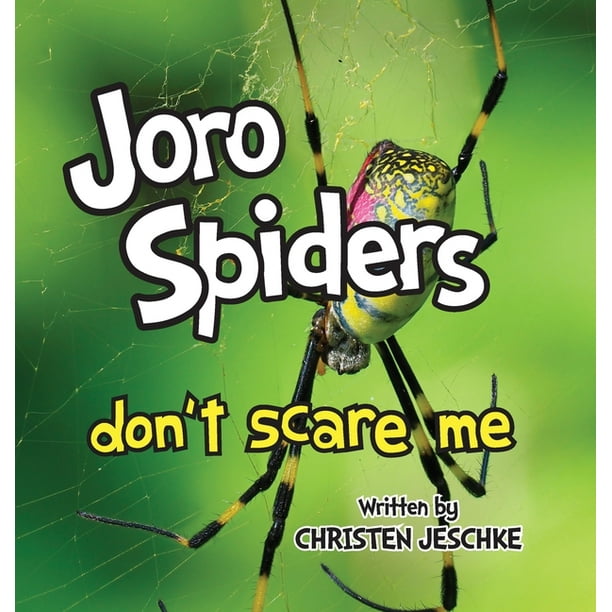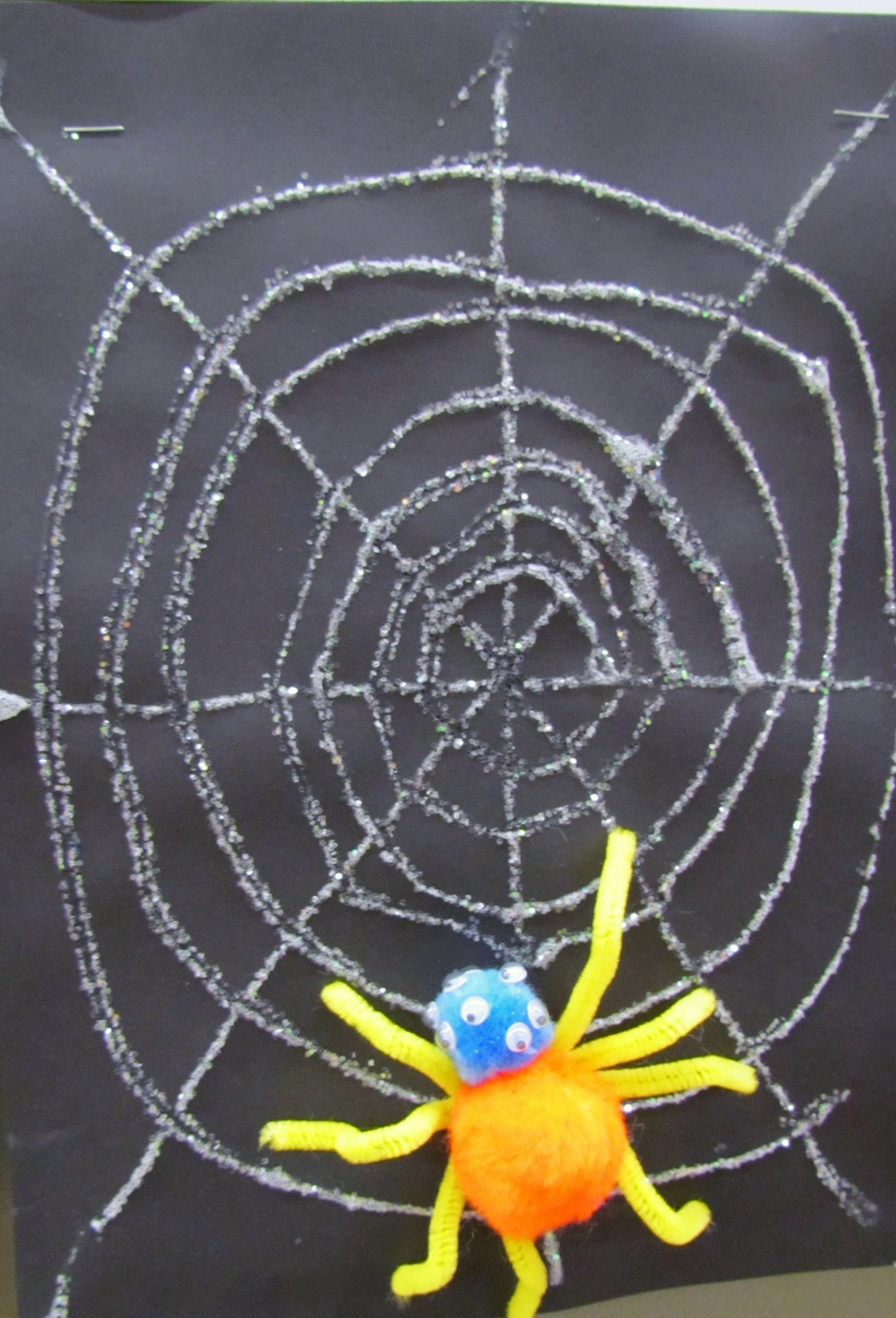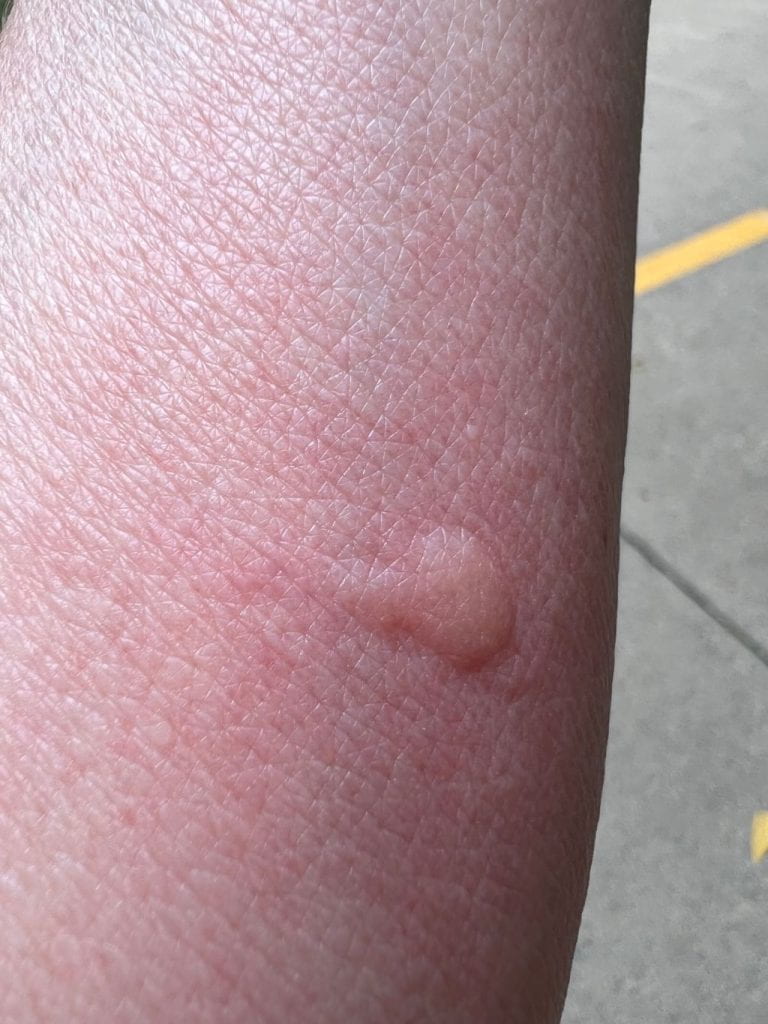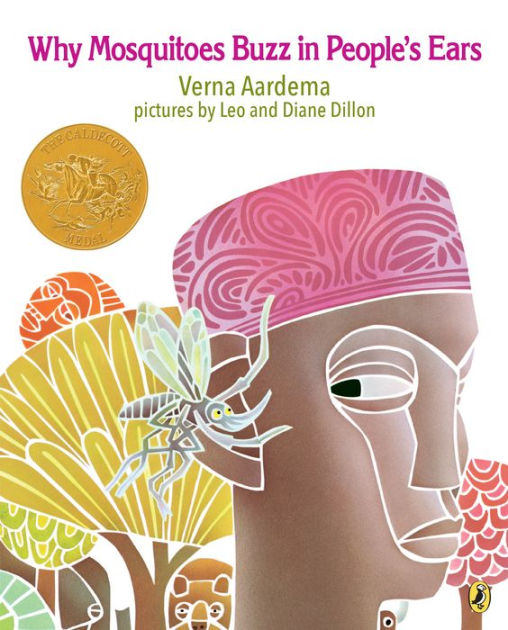Let’s continue our study of trees by observing leaf veins (venation). Why do leaves have veins? Brainstorm with your students. How do they compare to veins in a human body? These leaves from plants in my garden have striking veins.
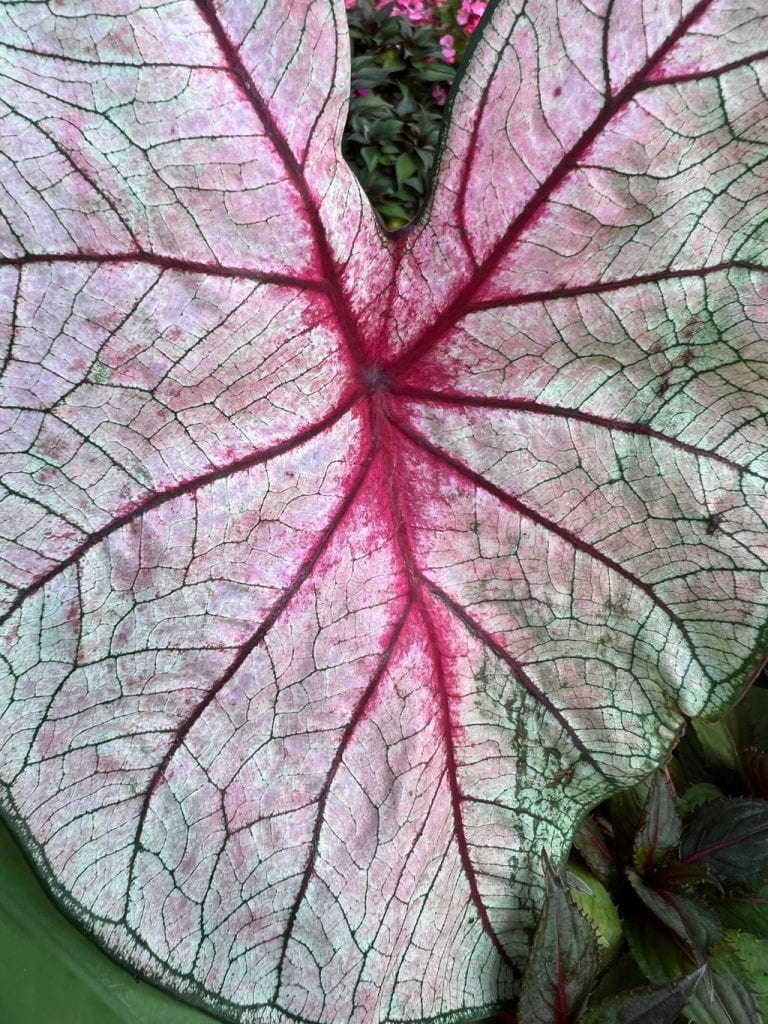
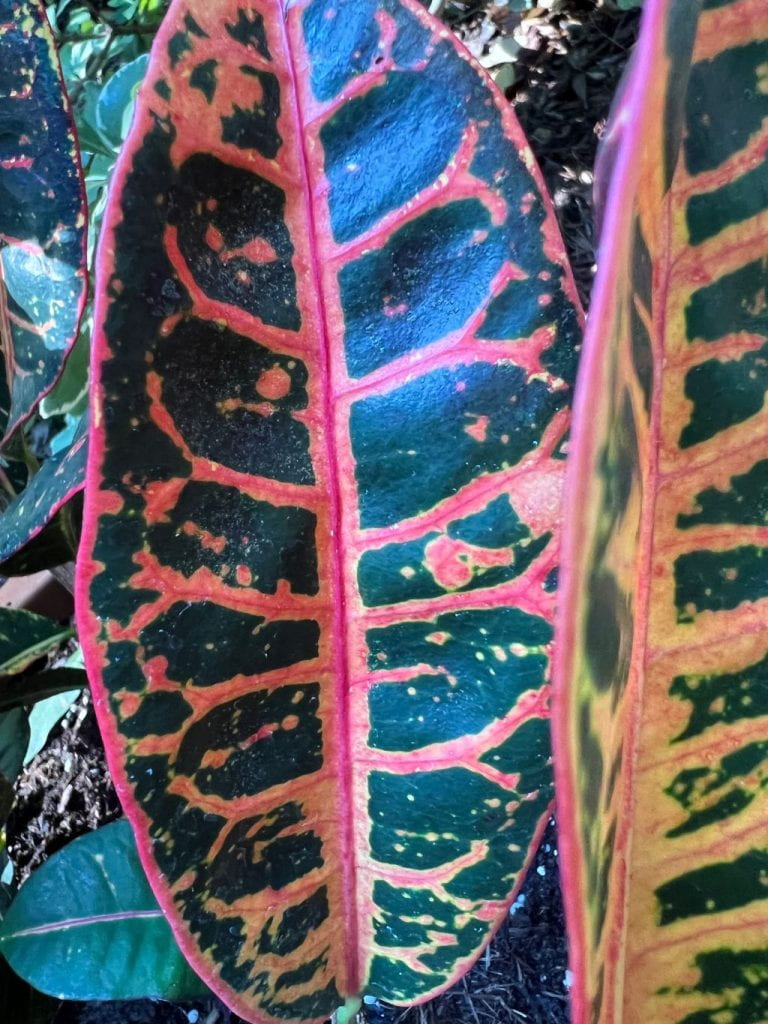
Veins transport liquids and nutrients to leaf cells and carry the products of photosynthesis back to the rest of the tree. Plant veins are also strong enough to support the leaf and help it collect sunlight.
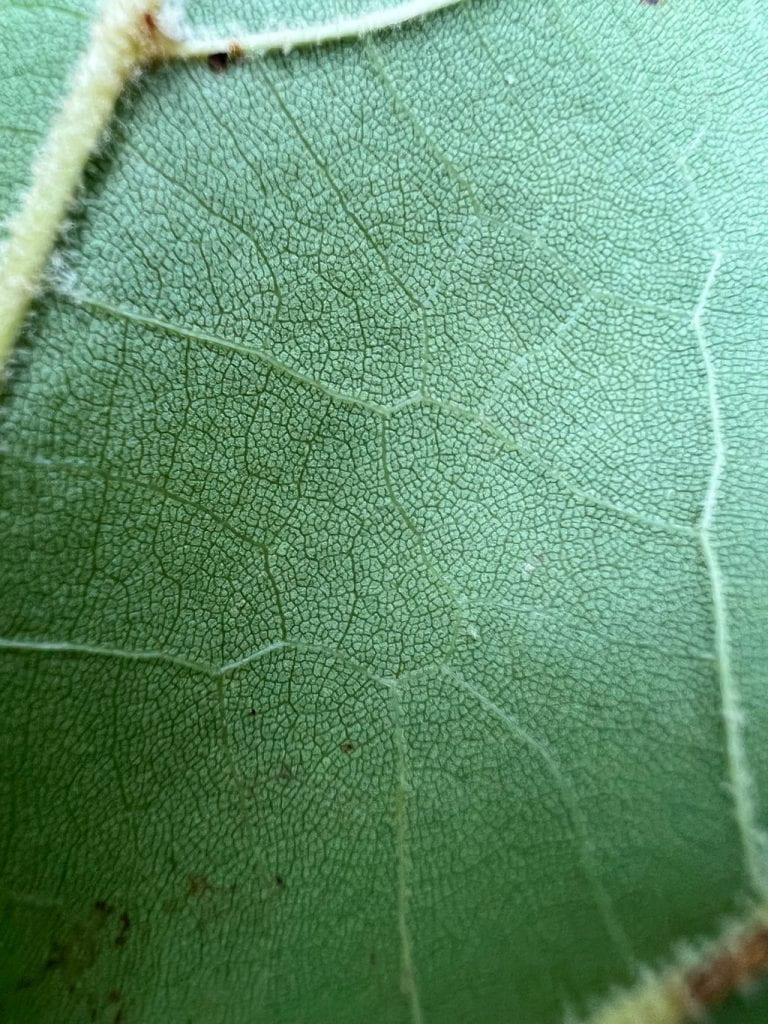
Are veins arranged in a pattern? The central vein is called the midrib. When veins branch out in opposite directions from the midrib to the leaf margin, something like a feather, it is referred to as pinnate venation.

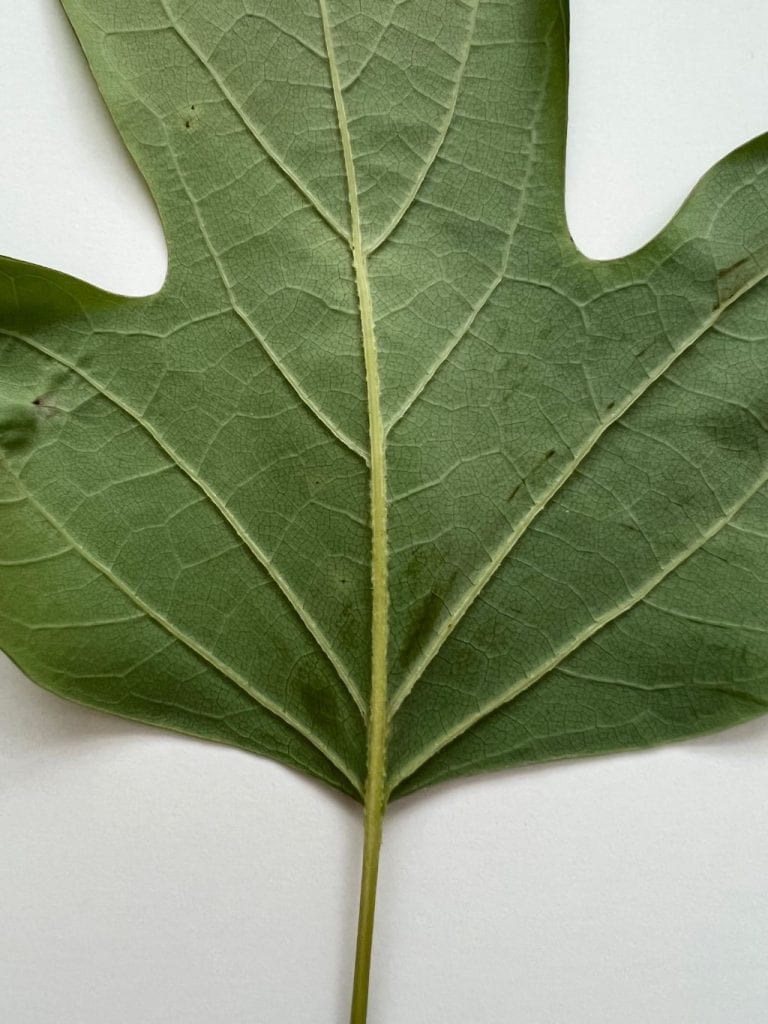
Palmate venation occurs when veins radiate in a fan shape from the leaf petiole. It looks similar to the palm of your hand.
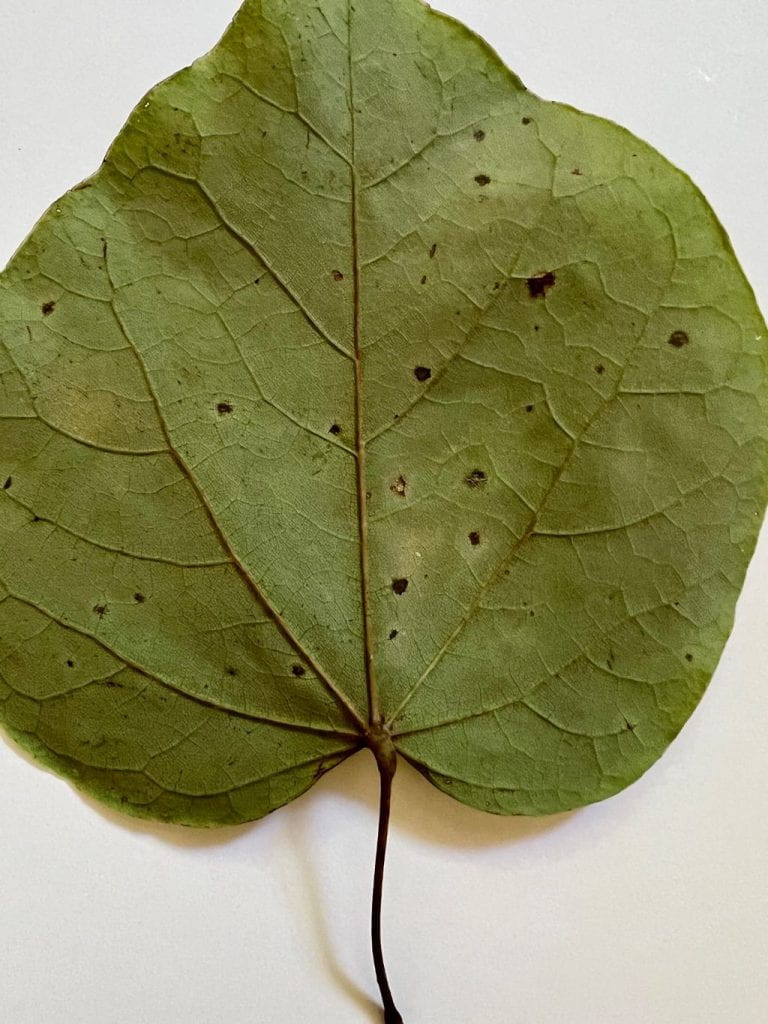
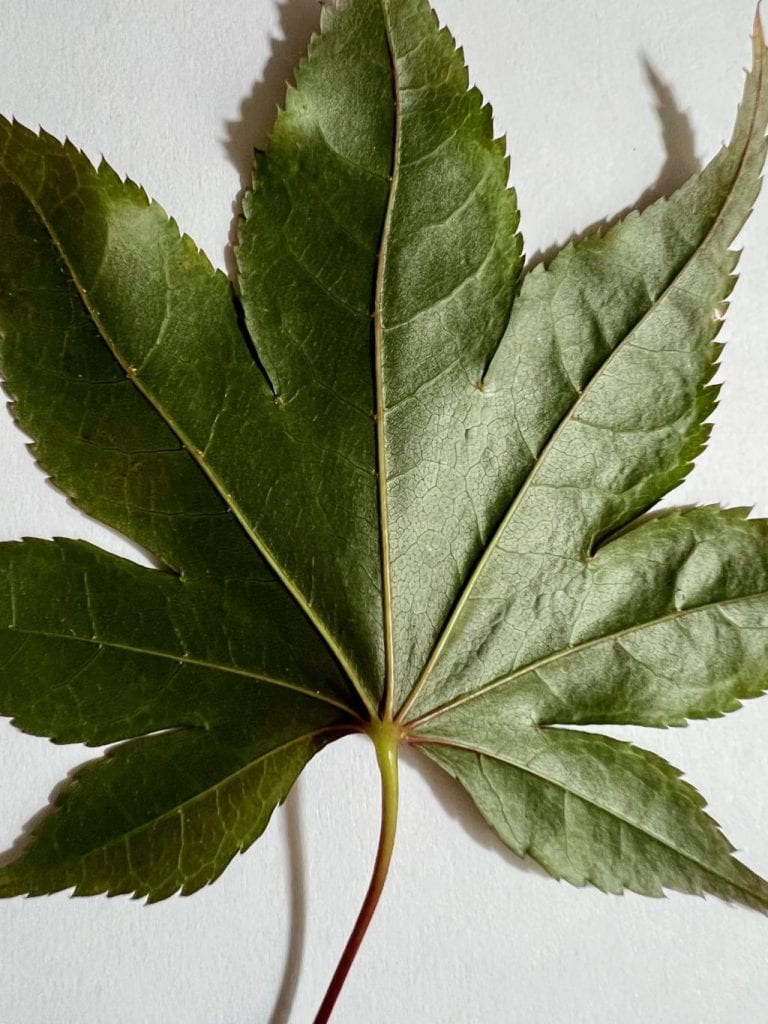
There are also a few trees that have parallel venation. This is an example of parallel venation in my purple heart plant.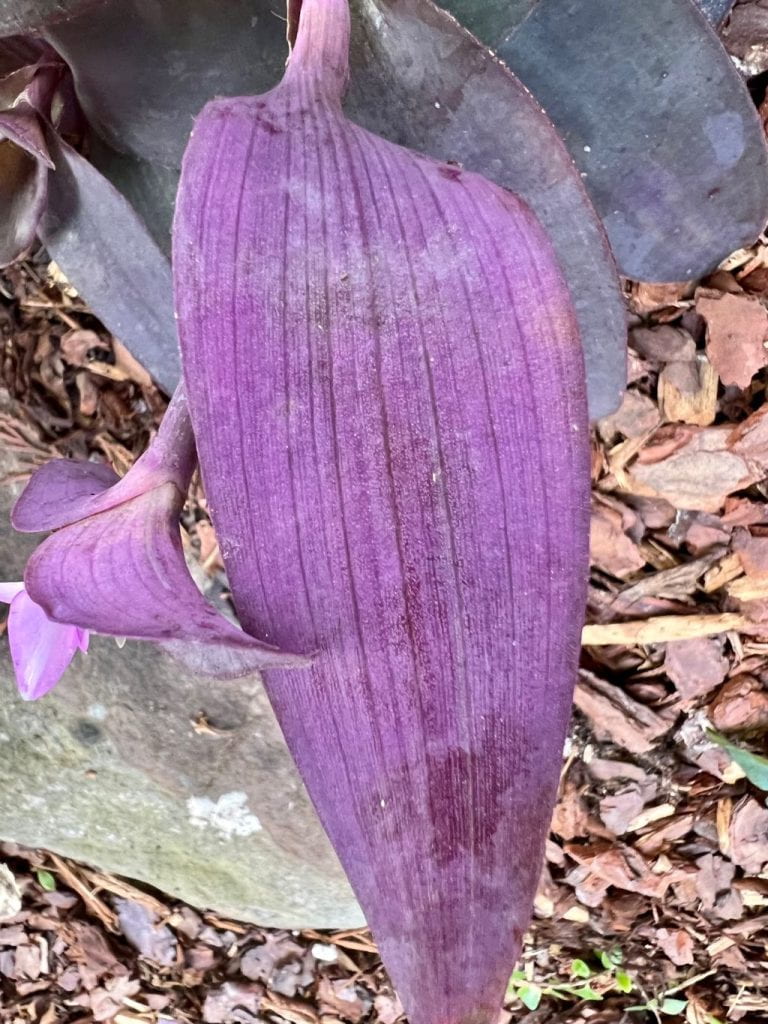
Another fun way to see veins is to do a wet mount slide of a leaf specimen and then observe it under a microscope. Third and fourth graders easily completed this investigation with a variety of thin leaves in my science lab. Click here to learn how to make a wet mount slide.
Veins are found in other parts of a plant too:
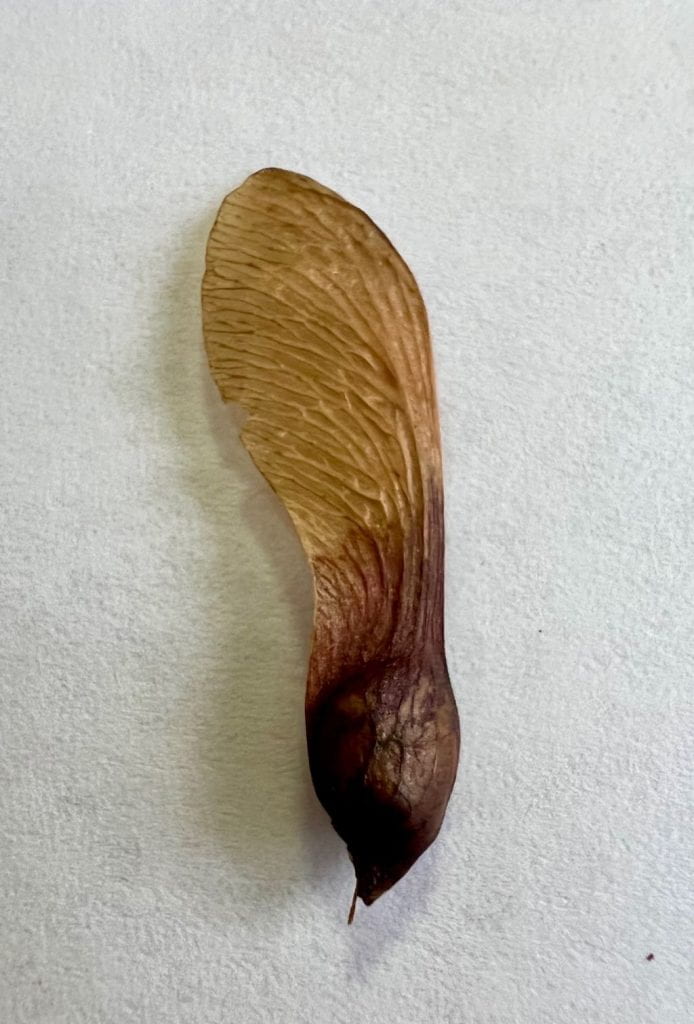
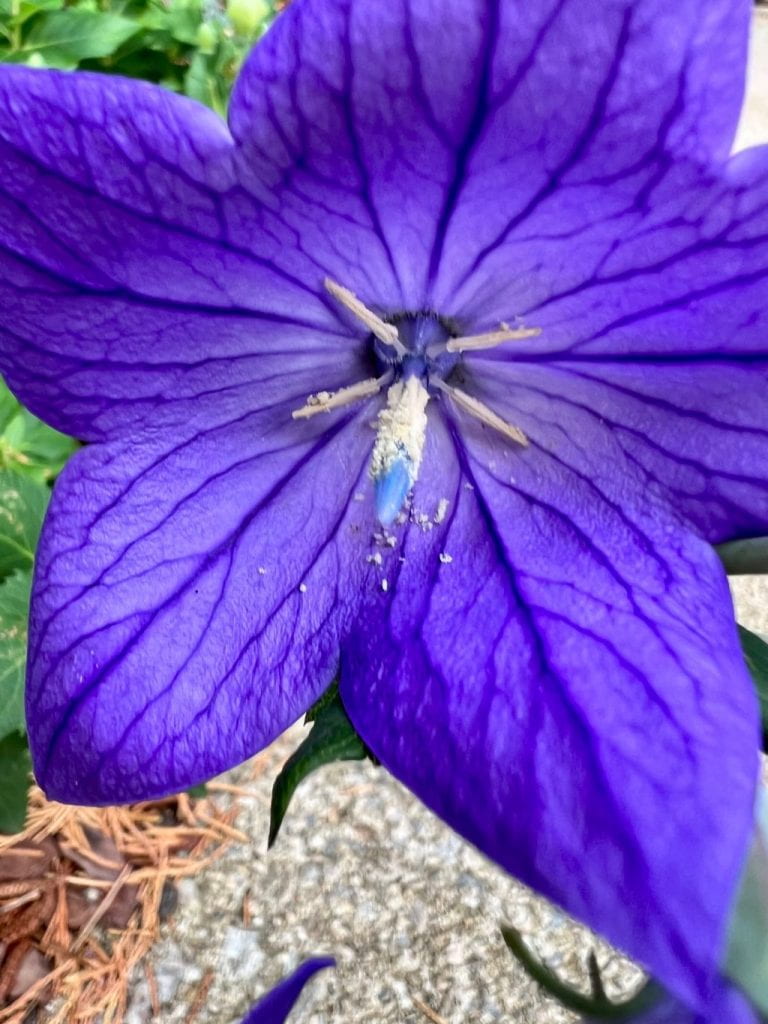
Click here for more photos.

Click here for an investigation from a previous science lab about leaf veins.
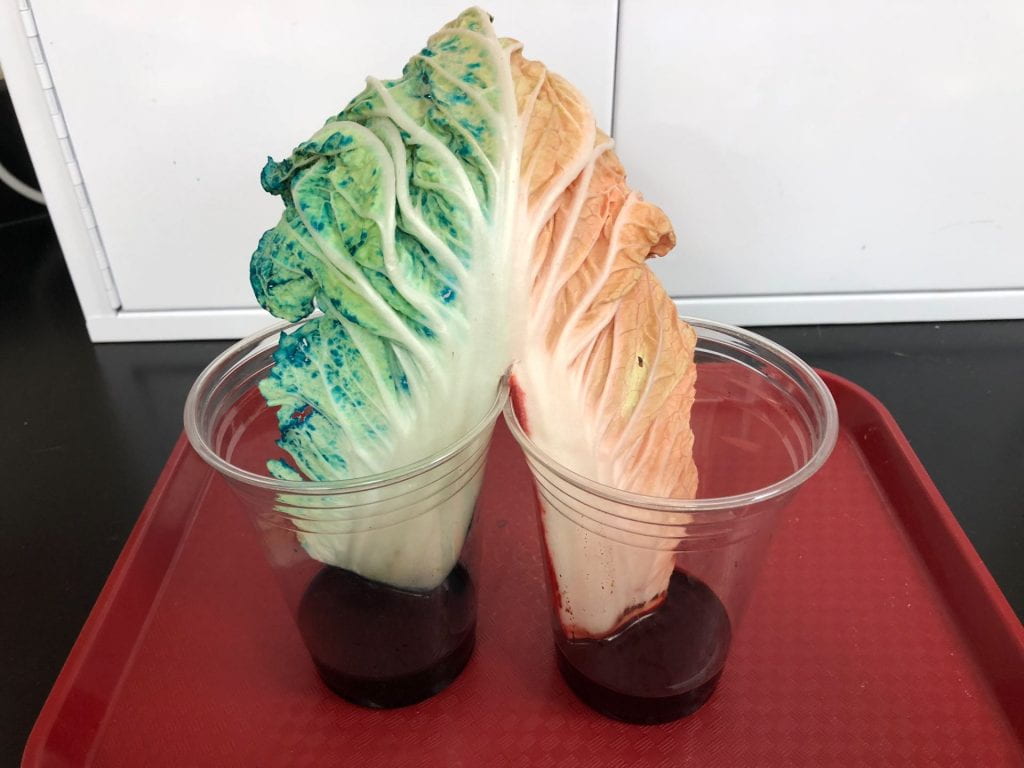
Where else can you find branching patterns? Rivers, lightning, and mycelium are some examples. More on those later!

